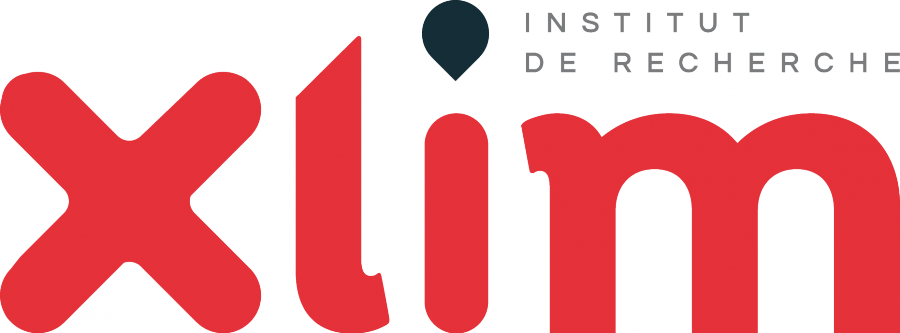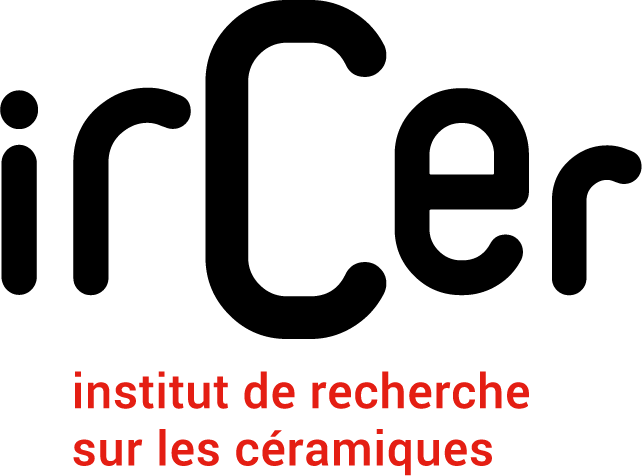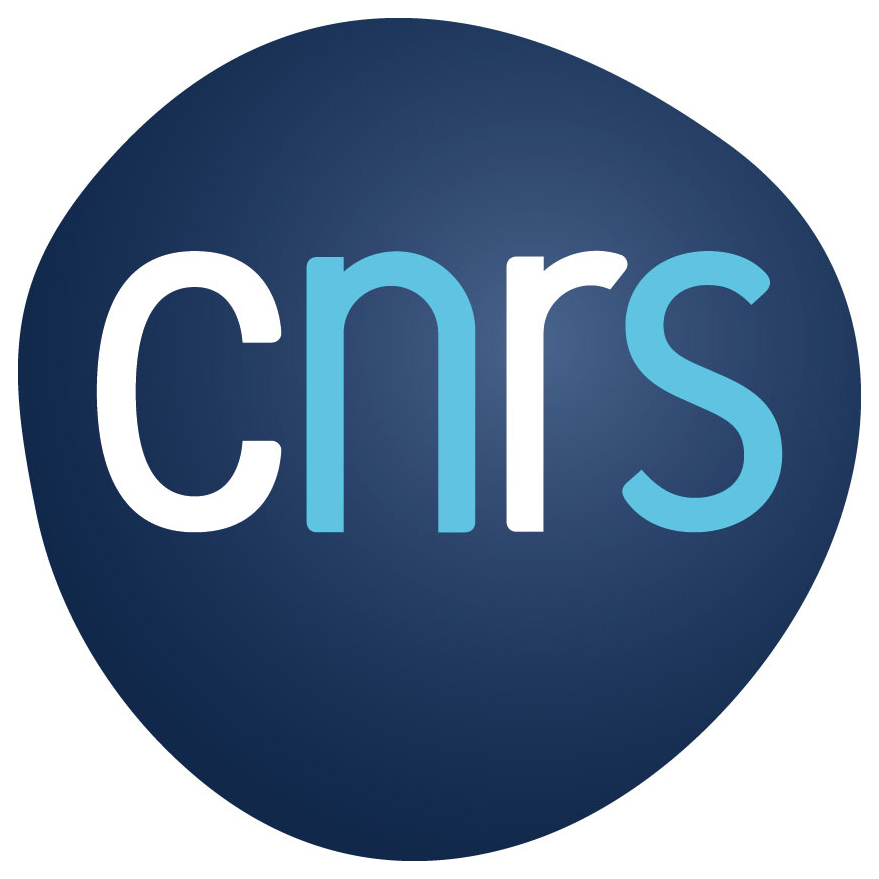Hosts
The LABEX Σ-LIM “From specific ceramic materials and components to integrated, secured and smart communicating systems“ is a joint operational structure between two UMR research units, the IRCER and XLIM laboratories belonging to the University of Limoges and the CNRS. Two competitiveness clusters, the European Ceramics Cluster and the ALPHA RLH cluster, provide support.
LABEX Σ-LIM is organized around 4 flagships:
– Going beyond 5G
– bringing new light to photonics
– Doing more with less energy
– advanced diagnosis & therapies for promoting health
The LABEX Σ-LIM aims to strengthen the international position of the University of Limoges as a reference for the design of advanced ceramics and innovative materials, the development of new electronic and photonics components, and the design of innovative secure communicating systems. The complementary skills of IRCER and XLIM laboratories, covering the entire chain from ceramic materials/processes to communication systems and health technologies, allow the integration of innovative ceramics in new devices that meet the scientific, technological, environmental and societal challenges for today and tomorrow.
As part of its development strategy, the French government has been implemented from 2010, several types of calls for proposals for research as part of a vast investment plan for the future (PIA). One of these calls for proposals concerns “LABoratories of EXcellence” also called “LABEX”.
The objective is to support strong themes of the territory with international visibility and to allocate additional resources to the laboratories that develop them in order to place them in a position of international leadership. A LABEX project must carry out an integrated research and valorization policy at a high level.
XLIM (UMR 7252 CNRS/ University of Limoges / University of Poitiers) is located on 5 geographical sites in Limoges, Brive, Poitiers and Angoulême. XLIM is a multidisciplinary research institute which brings together more than 470 people.
The main research activities are focused on electronics and microwaves, photonics, mathematics, computer sciences and image processing, and also internal interdisciplinary programs. In addition, two platforms are available for internal research: PLATINOM on microwave and photonics instrumentation and characterization and PREMISS on tools for modelling and simulation of systems.
The Institute of Research on Ceramics (IRCER, UMR7315 CNRS/University of Limoges), carries out innovation research in the development of highly technical and innovative ceramics and processing which answer the new challenges of industry and society (environment and energy, ICT, health, eco-materials…).
IRCER houses in a single building of 8200 m2, called the “European Ceramic Center”, with 200 members of the laboratory specialized in chemistry, physics and mechanics of ceramic based materials, physics of plasma processing. IRCER benefits from a platform of state of the art equipment dedicated to the physical and chemical characterization of materials. (CARMALIM).
The University of Limoges, an open university
At the heart of Europe, the University of Limoges is a major multidisciplinary higher education establishment set in an ideal environment for scientific fulfillment. It is an outward-looking, vibrant institution with a wide-ranging student population, efficient reception structures, supportive staff and courses based on high-level research and directed towards clearly identified opportunities. With its state-of-the-art laboratories and ambitious partnerships, its scientific excellence is helping to invent the world of the future
The National Center for Scientific Research is a public organization under the responsibility of the French Ministry of Education and Research.
CNRS encourages collaboration between specialists from different disciplines in particular with the university thus opening up new fields of enquiry to meet social and economic needs. CNRS has developed interdisciplinary programs which bring together various CNRS departments as well as other research institutions and industry.





